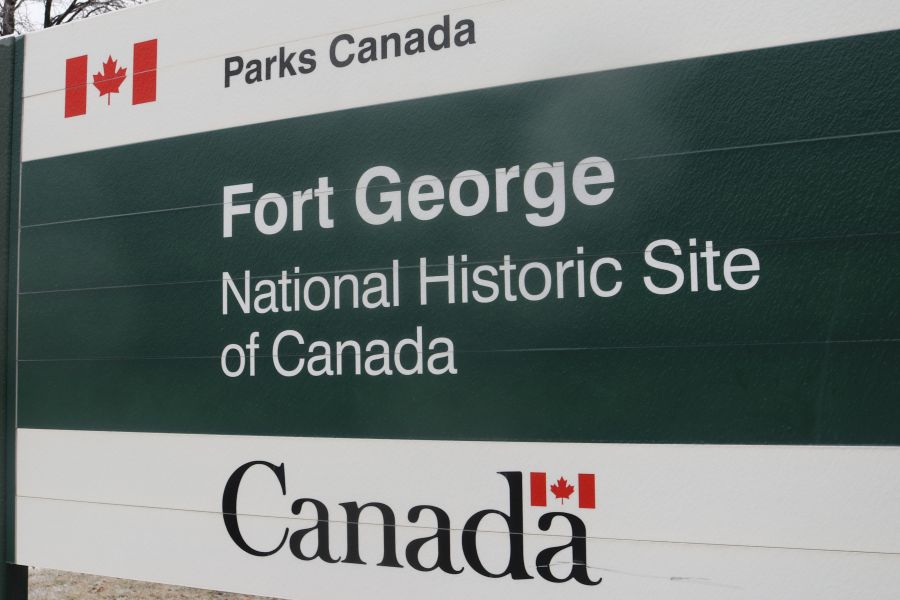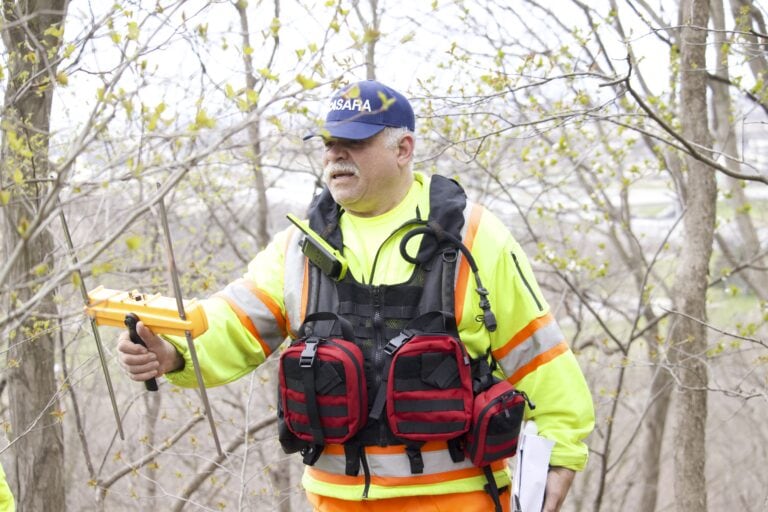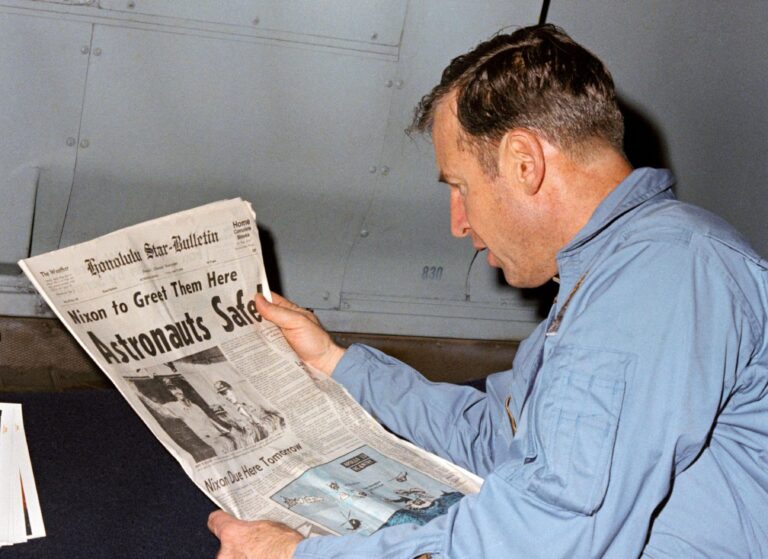John Sayers
Special to The Lake Report
Many thanks to Tony Chisholm, president of the Friends of Fort George, for passing along a group of postcard images of Fort George which will, in the post-COVID era, be offered to the Niagara-on-the-Lake Museum to be added to its extensive collection of historical postcard images.
No, these cards aren’t 100 years old, but they are old enough to show part of the evolution from the fort’s military persona to its position as one of the gems in the portfolio of Parks Canada, and they were given to Tony Chisholm by local resident Marie Scarland-James, who kept them in pristine condition from her trip to the fort many years ago.
Labelled on the back as published as one of the “Deeptone” series, and numbered on the front lower right, the images probably date to the 1950s. They haven’t been used postally, so it’s a challenge to date them exactly.
It seems that every tourist attraction is not complete without as gift shop, and the fort is no exception. However, if you had visited at the time of these cards, you would be directed to the Trading Post. As today, it’s outside the walls of the fort. The location represents the conflict between business enhancement and the need for security. Being inside the walls would be more convenient for residents of the fort, but it would allow potentially hostile groups inside the fort. No way.
The location would also be more convenient for town residents who wanted to shop at the Trading Post for whatever was on offer at the time that wasn’t available in town. Executive director Amanda Gamble and her assistants operate the gift shop to coincide with the hours that the fort itself is open to visitors.
The View of the River from Navy Hall shows a neatly bordered ramp, which reflects some of the restoration work on the hall itself in the late 1930s. Surprisingly, it doesn’t show the hall itself, although that may have been on a separate card.
But as a visitor, wouldn’t buying this card and not one of the hall itself be sort of like a tourist buying a shot of the steps to the Court House in town rather than a picture of the building itself? Well, maybe the same person who bought this card also purchased and sent a shot of Navy Hall itself and the steps at the Court House! We will never know.
There are three other postcard images that help to remind us of the challenge – and the cost – of maintaining these historically significant buildings. The Guard House looks bleak and cold, but that’s what life was like at the fort in those days long ago.
And if you think of life in the bitter cold winters, when even the tiniest fire was a precious commodity despite the wool uniforms, think about those same uniforms on a hot and sweltering day in the summer. Air conditioning was unknown and the best one could do was a surreptitious sweep of a hand-propelled fan (no electricity, of course).
The last two images are different views of the officers’ accommodation. A broad view of the Officers’ Quarters can be revisited when the fort is open to the public – hopefully sometime soon, post COVID-19.
Visit it and see the class distinction between the officers and their men, with the officers enjoying these comfortable facilities for dining and other congenial moments.
This goes back to the era when your family could purchase an officer’s commission for you – probably as a second- or third-born son in the era of primogeniture, when you would not inherit the family estate, and sending you off to a comfortable posting in the far reaches of the Empire got you out of the way.
Check it out when you get the chance and think of some of the men who would be enjoying its facilities. Think of some of the evenings as the military equivalent of a get-together that includes some “second-round draft choices” (or perhaps even “players to be named later” – if their older brother dies and they actually inherit) and their tensions interacting with career officers who had received formal military training.
And then there’s a final card picturing the Officers’ Building, another area exclusive to the officers. The gap was clear. We can be certain that the rank-and-file soldier would be reminded of it every day. And these wonderful images remind us of that gulf today.
* Thank you, Tony Chisholm and Marie Scarland-James, for these reminders of life in the fort and the offer of a potential addition to the Niagara-on-the-Lake Museum’s extensive collection of historical postcard images.










